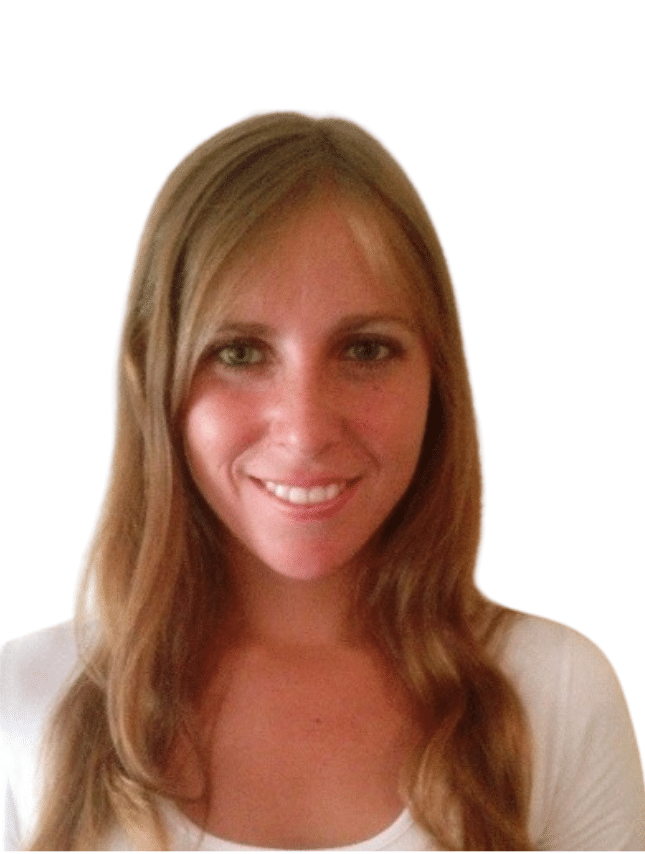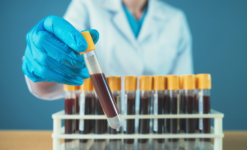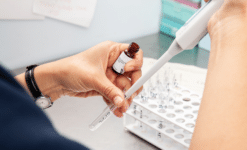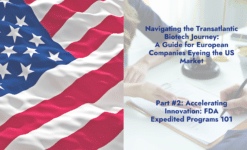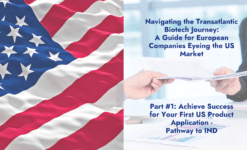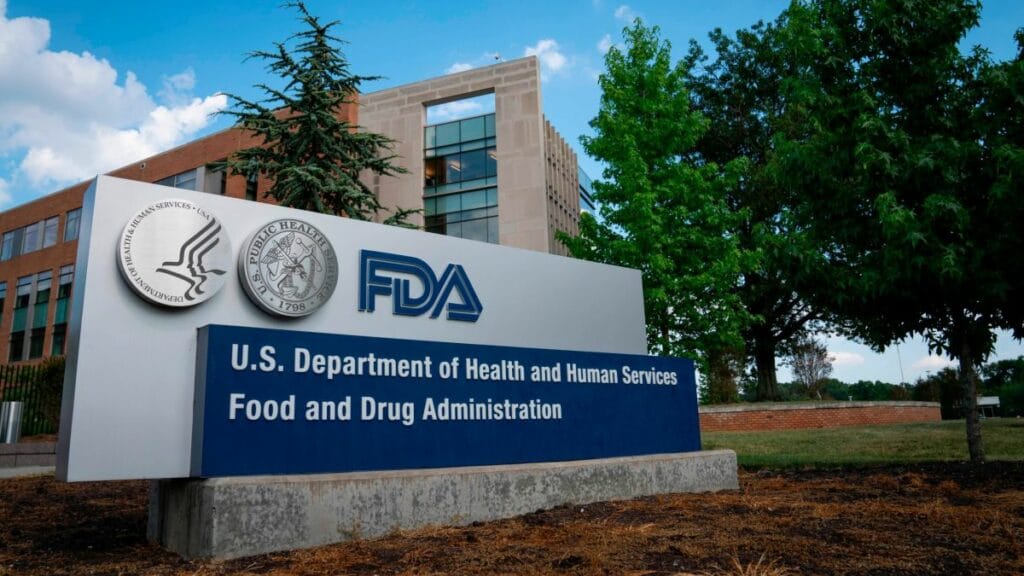
The FDA’s Cellular, Tissue, and Gene Therapies Advisory Committee (CTGTAC) held a meeting on September 2nd and 3rd, 2021, to discuss the toxicity risks of adeno-associated virus (AAV) vector-based gene therapy product1 . The meeting was held in response to toxicities observed in animals and humans after administration of gene therapy products including hepatoxicity, Thrombotic Microangiopathies (TMA), Dorsal Root Ganglia neuronal loss, brain MRI abnormalities, and AAV vector integration and oncogenicity. The objective of the meeting was to provide recommendations for strategies to minimize the risk to patients receiving gene therapy products.
Clinical and nonclinical toxicity data were presented for each observed toxicity. The discussion included the role of patient disease state, clinical trial exclusion criteria, AAV administration procedure, long-term patient monitoring, vector dose, and drug product quality, in addition to potential further non-clinical studies. While there was not a full consensus on the root cause for the toxicities observed, these studies illustrated the importance of taking a closer look at the potential for AAV toxicity.
The topic of discussion directly applicable to CMC centered on the percentage of full and empty capsids, and the role they may play in immunogenicity and toxicity. The percentages of full and empty capsids are recognized as critical quality attributes of gene therapy products. Full capsids are required for efficacy of the product, whereas empty capsids have no clinical benefit but may contribute to eliciting an immune response in the patient. The FDA reported during the meeting that some proposed investigational AAV products contain high levels of empty capsids, and FDA often meets resistance from sponsors when they are asked to produce a product batch with a lower percentage of empty capsids. There was concern among the committee members that the empty capsids are not truly empty but may contain process- or product-related impurities, cellular debris, or plasmid fragments. Indeed, for some gene therapy programs in development a third category of ‘partially full’ capsids is reported, and there are reports of capsids containing host cell DNA in AAV preparations2. The role of these ‘partially full’ capsids was of the greatest concern to the committee due to the current lack of information on their contents.
The CTGTAC extensively discussed recommending an upper limit on the total vector dose and/or the total number of capsids administered due to the increased observation of toxicities at higher doses in clinical and non-clinical studies. The CTGTAC advised against establishing a fixed upper limit on vector dose and evaluating it instead on case-by-case basis. The Committee also agreed there is no current data supporting an arbitrary limit on total capsids, and that due to uncertainty on the content of empty or partially full capsids, an appropriate level is likely to differ across products and manufacturing processes.
There was recognition among committee members of a need for standardization in analytical characterization of AAV capsids because full, empty, and partially full capsids can all influence the immune response in a particular patient. Without a standard approach for characterization, it is difficult to evaluate the quality of different AAV therapies across products and sponsors. The CTGTAC also highlighted the need for industry standards on assay controls as well as better analytic approaches for AAV product contaminants to enable better understanding of the relative risk of each impurity.
As a result of this CTGTAC meeting, VCLS expects that there will be increased scrutiny by FDA on the characterization of capsids and the full to empty capsid ratio. It will be important to characterize capsid content throughout all development phases of an AAV product beginning with the first toxicology lots, as well as demonstrate that the manufacturing process is optimized for each product with respect to enrichment of full capsids, in order to reach a high full empty capsid ratio.
References
- https://www.fda.gov/advisory-committees/advisory-committee-calendar/cellular-tissue-and-gene-therapies-advisory-committee-september-2-3-2021-meeting-announcement
- Lecomte E, Tournaire B, Cogné B, et al. Advanced Characterization of DNA Molecules in rAAV Vector Preparations by Single-stranded Virus Next-generation Sequencing. Mol Ther Nucleic Acids. 2015;4(10):e260. Published 2015 Oct 27. doi:10.1038/mtna.2015.32

